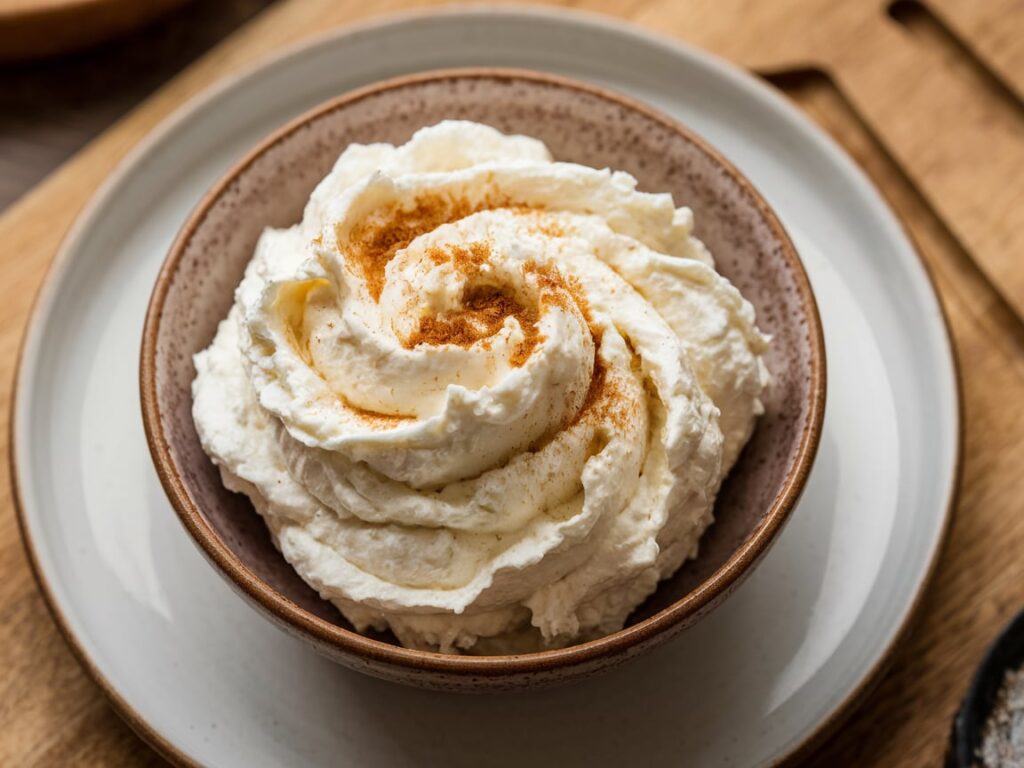Whipped ricotta is a versatile and creamy addition to many dishes, from savory spreads to decadent desserts. However, achieving the perfect texture can sometimes be tricky, especially when your whipped ricotta turns out grainy. If you’re wondering why this happens and how to fix it, you’re in the right place. This article will explore the common causes of grainy whipped ricotta and provide solutions to help you achieve that smooth, luscious texture every time.
Understanding Why Ricotta Becomes Grainy
Excessive Whipping
One of the most common reasons whipped ricotta turns grainy is excessive whipping. When ricotta is over-whipped, the fat particles can start to separate, resulting in a grainy texture. This issue is similar to what happens when you over-whip cream and it starts to curdle. To avoid this, it’s crucial to monitor the whipping process closely and stop as soon as the ricotta reaches a smooth consistency.
Low-Quality Ricotta
The type of ricotta you use can significantly impact the final texture of your whipped ricotta. Low-fat or pre-packaged ricotta often lacks the creaminess needed for a smooth whip. Opting for whole-milk ricotta or fresh ricotta from a local dairy can make a big difference in achieving a creamy texture. For more guidance on selecting the best ricotta, check out how to choose the best ricotta.
Temperature Issues
Temperature plays a vital role in achieving the perfect whipped ricotta. If the ricotta is too cold, it may not whip properly, leading to a grainy texture. Similarly, if it’s too warm, the fat can start to separate. To prevent these issues, it’s important to work with ricotta at the right temperature and store it properly. Learn more about the best practices in whipping ricotta: tips and tricks.
How to Fix Grainy Whipped Ricotta
Adjusting the Whipping Technique
Whipping at the Right Speed
To fix grainy whipped ricotta, start by adjusting your whipping technique. Begin at a low speed to gently incorporate air, then gradually increase the speed as the ricotta starts to thicken. This method helps prevent over-whipping and the grainy texture that comes with it.
Monitoring the Texture
It’s important to stop whipping as soon as the ricotta reaches a smooth, fluffy consistency. Over-whipping can quickly lead to graininess, so keep a close eye on the texture as you whip.
Choosing the Right Ricotta
Whole-Milk vs. Low-Fat Ricotta
Choosing whole-milk ricotta over low-fat varieties can make a significant difference in texture. Whole-milk ricotta has a higher fat content, which contributes to a smoother, creamier whip.
Fresh vs. Pre-Packaged Ricotta
Fresh ricotta is generally preferred for whipping because it tends to be less processed and more flavorful. If possible, opt for fresh ricotta from a local dairy rather than pre-packaged options.
Managing Temperature
Whipping Ricotta at the Right Temperature
Before whipping, allow the ricotta to sit at room temperature for about 15-20 minutes. This helps ensure that the ricotta is at an optimal temperature for whipping, which can prevent graininess.
Storing Ricotta Properly
Proper storage is key to maintaining a smooth texture. Keep ricotta in an airtight container in the refrigerator until you’re ready to use it. If you notice excess liquid, drain it before whipping to avoid a watery consistency.
Preventing Grainy Whipped Ricotta in the Future
Best Practices for Whipping Ricotta
Gradual Whipping
Start whipping at a low speed and gradually increase the speed. This approach helps to prevent overworking the ricotta, which can lead to a grainy texture.
Using a High-Quality Mixer
Investing in a high-quality mixer can also help achieve the perfect whipped ricotta. A good mixer will whip the ricotta evenly, reducing the risk of graininess.
Incorporating Ingredients
Adding Ingredients Slowly
If you’re incorporating other ingredients like herbs, honey, or spices, add them slowly and mix gently. This prevents the whipped ricotta from becoming too grainy or losing its structure.
Balancing Moisture
Managing moisture content is essential, especially when adding additional ingredients. Too much moisture can cause the ricotta to break down, leading to a grainy texture.
Common Mistakes to Avoid
Over-Whipping
Over-whipping is one of the most common mistakes when making whipped ricotta. Stop whipping as soon as the ricotta reaches the desired consistency to prevent graininess.
Using Low-Fat Products
Low-fat ricotta can lead to a grainy texture due to its lower fat content. Whenever possible, use whole-milk ricotta for the best results.
Ignoring Temperature
Temperature is crucial when whipping ricotta. Make sure the ricotta is at room temperature before whipping to ensure a smooth texture.
FAQs
Why Is My Whipped Ricotta Grainy?
Grainy whipped ricotta is often caused by over-whipping, using low-fat ricotta, or improper temperature during whipping. Adjusting these factors can help achieve a smoother texture.
Can I Fix Grainy Ricotta?
If your whipped ricotta turns out grainy, you can try gently folding in a bit of cream or whole-milk ricotta to smooth it out. However, prevention is key.
How Can I Prevent Graininess in the Future?
To prevent grainy whipped ricotta, use whole-milk ricotta, whip at the right speed, and ensure the ricotta is at the proper temperature before whipping.
Does the Type of Ricotta Matter?
Yes, the type of ricotta used significantly impacts the texture. Whole-milk ricotta generally produces a smoother, creamier whip than low-fat or pre-packaged ricotta.
Conclusion
Achieving perfectly smooth whipped ricotta is all about the right technique and ingredients. By understanding the common causes of graininess—such as over-whipping, using low-fat ricotta, and temperature issues—you can avoid these pitfalls and create the creamy, luscious whipped ricotta you desire. Whether you’re using it in savory dishes or sweet treats, mastering this technique will elevate your culinary creations. For more inspiration, you might find What Makes Alfredo Sauce Taste Better useful for creating rich and flavorful dishes, or explore the creamy and satisfying Beef Stroganoff Without Mushrooms.




